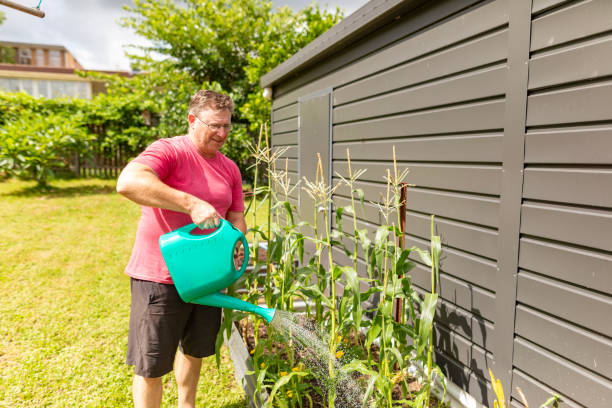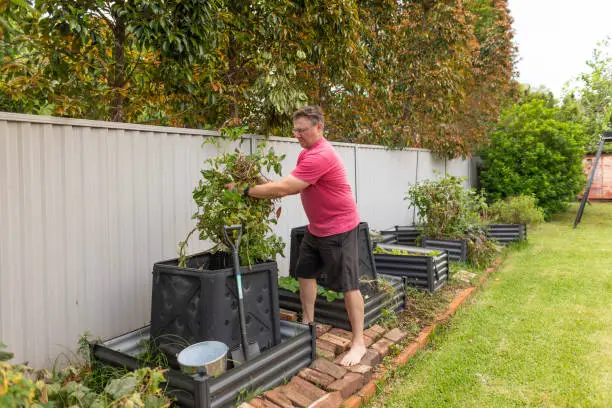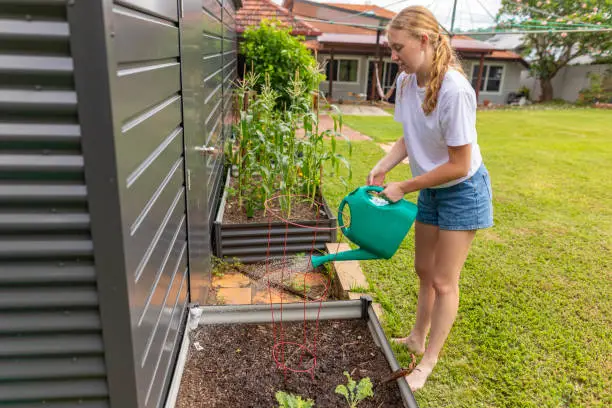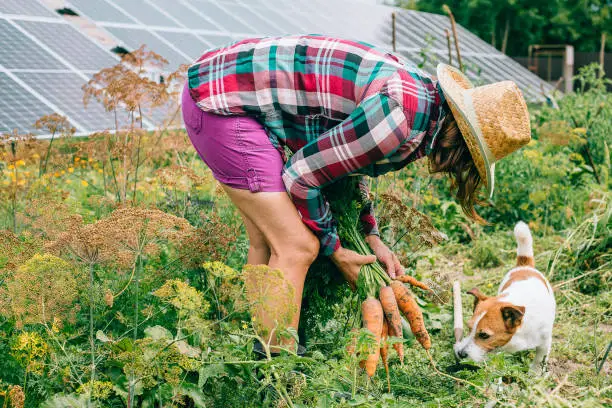Backyard Homesteading’s Heart: Community Workshops and Tours
The backyard homesteading concepts call to the environment and the community in a small-scale homestead’s verdant embrace. This self-sufficiency, sustainability, and joy of growing ethos are captivating tales, best told through inclusive and engaging workshops and tours. Under the hum of bees and the rustling of homegrown leaves, education becomes a concrete experience, blending theory and practice, and community members become partners in sustainable living.

Creating an engaging workshop or tour is like planting a seed. A little yet powerful idea needs planning, preparation, and audience understanding. Whether you’re teaching composting, permaculture design, or seed saving, the goal is to stimulate inquiry and change.
Consider how seasonality affects your educational offerings. Spring courses may cover planting, soil preparation, and early crop management, introducing attendees to growth. Summer lessons may cover pest control, natural fertilizers, and biodiversity, while fall sessions may cover harvesting, preserving, and winterizing the garden. Winter is an excellent time to plan the next cycle, discuss indoor gardening, or learn about sustainable living outside the garden.
What you teach and how you teach it matter. Interactive components like hands-on demonstrations, garden taste tests, or minor take-home projects can engage passive learning more. Ask questions, discuss your experiences, and share your accomplishments and disappointments. These honest discussions foster actual learning and make homesteading attainable.
Open your property for visits to promote education and community involvement. Each garden nook and shed tool offers a homesteading story. Tours provide a genuine context for your accomplishments and failures that textbooks and online articles can’t match. They connect theory and practice by letting visitors see, touch, and smell your work.
Consider your audience’s different interests while designing tours. Garden layout and plant choices may interest some, while livestock integration or sustainable energy solutions may affect others. On your tour, highlight your homestead’s distinctive features, including composting toilets and greywater systems. These practical, real-world applications frequently generate the most significant discussion.
Workshop and tour logistics must be considered. Marketing is vital to community engagement. Spread the word via social media, community boards, and gardening organizations. Online or phone-in registration systems can manage attendance and personalize the experience. Your workshop or tour flow, rest areas, and community access to your homestead should also be considered.
Insurance and liability are boring, yet they’re necessary when exposing your homestead to the public. Consulting with an insurance specialist to cover all eventualities keeps your community education venture secure and viable.
Feedback during and after events is crucial. It informs future seminars and tours, letting you tailor them to community needs. Accept honest feedback and adapt. Education is like homesteading constantly learning, adapting, and developing.
Including local schools and community organizations in workshops and tours can enhance homesteading education. Field trips and special project days with educational institutions inspire young people about sustainable living and community involvement.
Sustainability goes beyond your household. Workshops and excursions can spread this philosophy, promoting change and a greater connection to the land. It’s about fostering curiosity, learning, and a place where everyone, regardless of age or background, may connect.
Hosting workshops and tours on your farm is about developing community, not just sharing knowledge. It’s about welcoming others and setting the stage for a sustainable future. Community development extends to local markets and co-ops, where products interchange fosters deeper connections. In the middle of commerce, homesteaders can become essential figures in a story of communal resilience, environmental care, and economic empowerment.
Small Homesteads in Local Markets and Co-ops: Building Community
Backyard homesteading thrives in thriving communities, especially at farmers’ markets and cooperatives. This grassroots movement based on sustainability, self-sufficiency, and local economy has revived. Small homesteaders sell more than only their produce, such as fresh vegetables, cheeses, and preserves. They contribute a philosophy, story, and invitation to community engagement beyond transactional.
The path from farmhouse to market requires perseverance, enthusiasm, and a strong confidence in local produce. Homesteaders can sell their produce and learn about the community by joining farmers’ markets and co-ops. It’s an opportunity to share homesteading’s beauty, inspire sustainable living, and meaningfully participate in the local food economy.
To navigate local markets and co-ops’ products and communities, small-scale homesteaders must grasp local markets. It’s about understanding local tastes and adapting your offers to them. This could involve specializing in heritage breed animals, organic crops, or homestead-made products representing the region’s character and biodiversity.
Homesteaders’ commitment to these communities goes beyond trade. It’s a place for learning, discussion, and change. Over crates of fresh produce, homesteaders discuss sustainable farming, biodiversity, and local food systems. These seemingly essential contacts can affect shopping patterns, promote sustainable living, and strengthen community bonds.
Small homesteads’ engagement in farmers’ markets and co-ops connects rural and urban realities. It connects folks who are disconnected from their food to the soil. This relationship is essential for preserving agricultural knowledge and customs and establishing resilient rural economies that resist globalization and industrial farming.
These undertakings present many hurdles to homesteaders. The journey to market is challenging, from regulatory issues to harvest, packaging, and transport. However, solving these problems shows the genuine spirit of homesteading adaptability, inventiveness, and a commitment to community and environmental preservation.
Collaboration is critical to homesteaders’ local market and co-op success. Homesteaders can share resources, knowledge, and market logistics and regulations by organizing collectives or joining co-ops. These collaborations make small-scale homesteading viable and the community’s food system more diversified, resilient, and inclusive.
Another key to homesteaders’ engagement in local marketplaces and co-ops is education. Market stall and co-op storefront workshops, demonstrations, and hands-on activities can involve the community in food production from seed to plate. These educational programs demystify homesteading, encourage sustainable consumer practices, and possibly inspire new homesteaders.
Small homesteads affect local marketplaces and co-ops beyond economics. They foster sustainable behaviors, community engagement, and a cultural shift toward localism and sustainability. They emphasize the significance of community, hard work, and land preservation.
Small homesteads participate in farmers’ markets and co-ops for more than just selling food and handcrafted goods. The goal is a more sustainable, integrated, and resilient community. Sharing the homesteading adventure, inspiring change, and contributing to a food system prioritizing health, community, and the environment are paramount. These activities integrate homesteaders into the community as producers, educators, inventors, and land stewards.






Leave a Reply